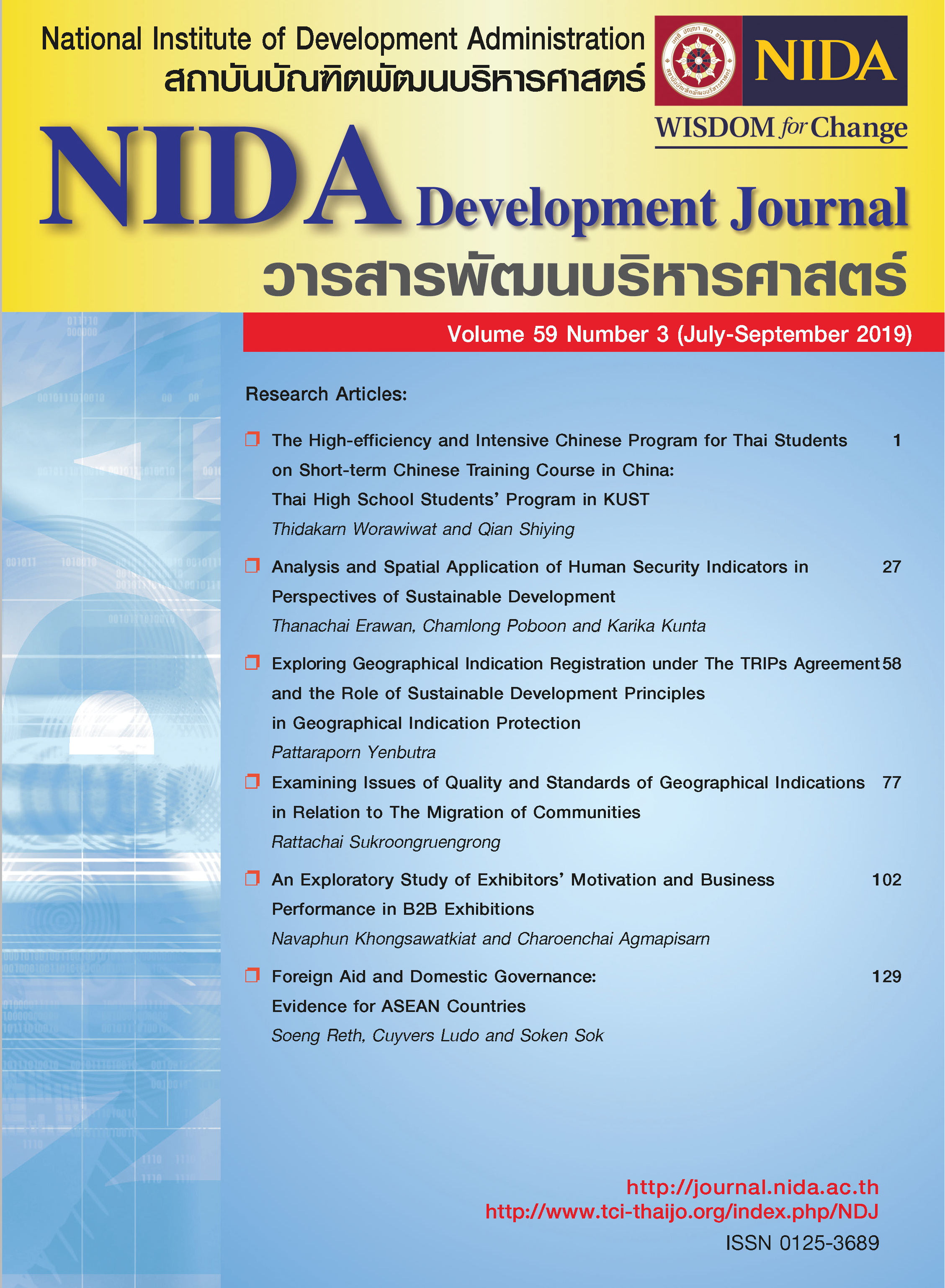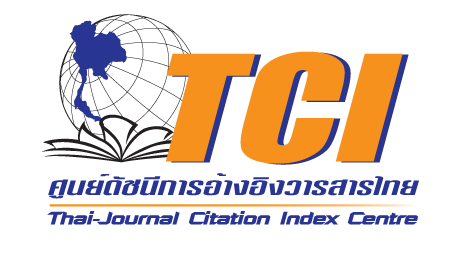Examining issues of quality and standards of geographical indications in relation to the migration of communities
Keywords:
Geographical Indication, Quality and Standard, Migration, TRIPs Agreement, Kind, Style, or TypeAbstract
A decline in the quality and standard of goods or products may occur as a result of changing natural factors if people migrate within a community and the terms “kind”, “style”, or “type,” are used in conjunction with newly created geographical indications. This complicates the task of ensuring the quality of goods or products that have been remanufactured using terms associated with newly created geographical indications but are of lower quality than goods from the original geographic origin. Consequently, the public is misled regarding the product's origin. It is possible to use geographical indications in newly manufactured products based solely on traditional knowledge and reputation of products other than rice, silk, wine, and spirits in the event of community relocation; however, controlling the quality or standards of newly manufactured products is difficult. When the terms “kind”, “style”, or “type,” or similar words are used in conjunction with geographical indications in the context of community immigration, this paper examines the legal issues that arise. In the event of community migration, the paper proposes that registering goods' quality and standardization, as well as obtaining permission to use the terms “kind,” “style,” or “type” or similar words or equivalents, is critical to establishing a standardized system and criteria for protecting such products.
References
Raustiala, K., & Munzer, S. R. (2007). The Global Struggle over Geographic Indications. European Journal of International Law, 18(2), 337–365. https://doi.org/10.1093/ ejil/chm016
Raustiala, K., & Munzer, S. R. (2007). The Global Struggle over Geographic Indications. European Journal of International Law, 18(2), p.361. https://doi.org/10.1093/ejil/chm016
World Trade Organization (WTO). (2008, July 19). Trade negotiation committee TN/C/W/52. https://www.wto.org/english/tratope/tripse/gi1docse.htm
World Trade Organization (WTO). (n.d.). Agreement on Trade-Related Aspects of Intellectual Property Rights. https://www.wto.org/english/docs_e/legale/27-trips.pdf.
Department of Intellectual Property. Meeting committee of geographical indications. 1/2020. 2020, 3 September.
Department of Intellectual Property. Roast pork or moo yang, a Trang specialty. 2006 (2006 2, May) Number 49100004. Retrieved January 24, 2021. From http://www.ipthailand.go.th/ images/3534/2563/GI/20200602/4.49100004.pdf
Eakyokaya, T. (2004) Intellectual property law the protection of geographical indications (4th ed.) Teachingtoys Printing.
International Institute for Asia Pacific Studies.(n.d.) Registration and Protection of Geographical Indications of India. Retrieved July 17, 2019.
International Institute for Asia Pacific Studies.(2012). Negotiation of Geographical Indication (GI) in the World Trade Organization and the internationalization of Thai GI products (Research report). Bangkok: Bangkok University. p.84
Kuanpoth, J. (2004) Intellectual Property Protection under WHO intellectual property in globalization. Chirarat Printing
Laodusit, W. (1998) Consideration of legal forms for the protection of geographical indications in Thailand. Sukhothai Thammathirat Law Journal, 10,(1), p.115
Notifications of Department of Intellectual Property.(2020). Registration and Protection of Geographical Indications of Morhomphrae. Retrieved January 20, 2021. From https:// www.ipthailand.go.th/th/gi-011/item/63100137.html
The Court of Appeal for Specialized Cases, verdict 2982/2563.
Downloads
Published
How to Cite
Issue
Section
License
Copyright (c) 2020 NIDA Development Journal

This work is licensed under a Creative Commons Attribution-NonCommercial-NoDerivatives 4.0 International License.





